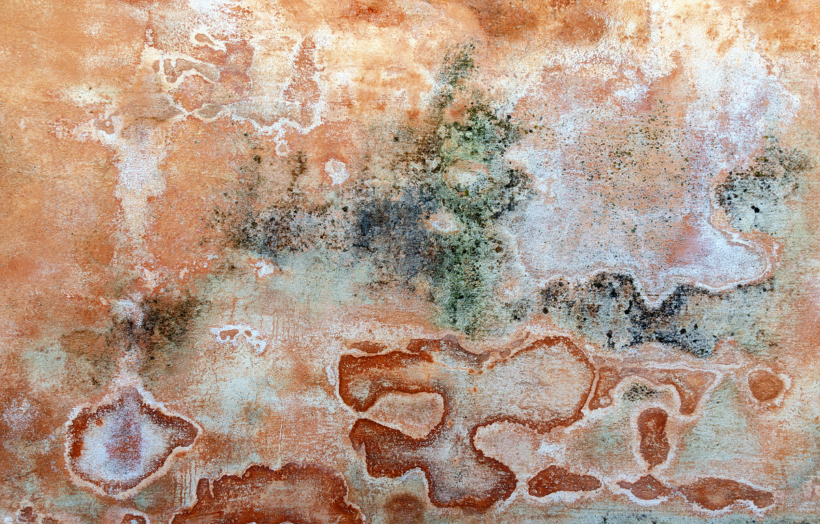Efflorescence is the name for the white-colored powder that appears on the sides of buildings and homes. Meaning, “to flower out” in French, this crystallized deposit “flowers” or spreads across masonry materials that have had a high amount of water exposure. Whether by increased precipitation, humidity in the air, or a stray sprinkler, water makes contact with the existing salts present in the masonry and causes them to dissolve in the water. Once this water evaporates, it leaves behind salt deposits on the surface in the form of a white, gray, or yellow dusting known as efflorescence.
This formation commonly occurs on masonry surfaces such as:
- Brick
- Sand
- Stone
- Cement
- Clay
- Lime
Is it a problem?
Efflorescence doesn’t pose much of a threat to homeowners, but it does indicate that there could be too much moisture exposure. If it grows abundantly or frequently even after cleaning, it may imply a structural problem with the house or building. Increased moisture intrusion can be harmful to certain materials present in homes and buildings, especially for an extended amount of time. If you’re worried about any leaks or water damage, contact a professional. In general, efflorescence by itself is more annoying than troublesome for homeowners.
Can I prevent Efflorescence?
Yes and no.
A common time for this formation to take place and be prevented is during construction. When left outside at night and uncovered, masonry units have an increased chance of water exposure. As we’ve discussed, water is the crucial piece to this formation, so increased exposure to it means an increased possibility of efflorescence formation. However, buildings located in humid climates or receiving lots of precipitation may find it more difficult in preventing this formation.
Here are a few ways to decrease the chances of this nettlesome powder from taking over:
- Cover masonry units on all sides when not in use. Store in a dry environment.
- Check sprinklers to see if any streams make regular contact with your building/home.
- Consider installing consolidated grout to discourage water exposure.
- Apply a sealant.
How do I get rid of Efflorescence?
Using a nylon scrub brush to lightly brush away the debris may work for smaller surface areas, but the best way to clean efflorescence is with a pressure washer and a professional-grade cleaning solution. How you clean depends on the type of surface. Learn more about this process specific to brick surfaces here.
Looking for a professional masonry cleaning solution?
TidalWashers offers industrial-grade masonry cleaning products to remove dirt and debris such as efflorescence. Want to learn more? Visit our website or contact our knowledgeable staff at the phone number or email below to find the best product for your cleaning needs!

